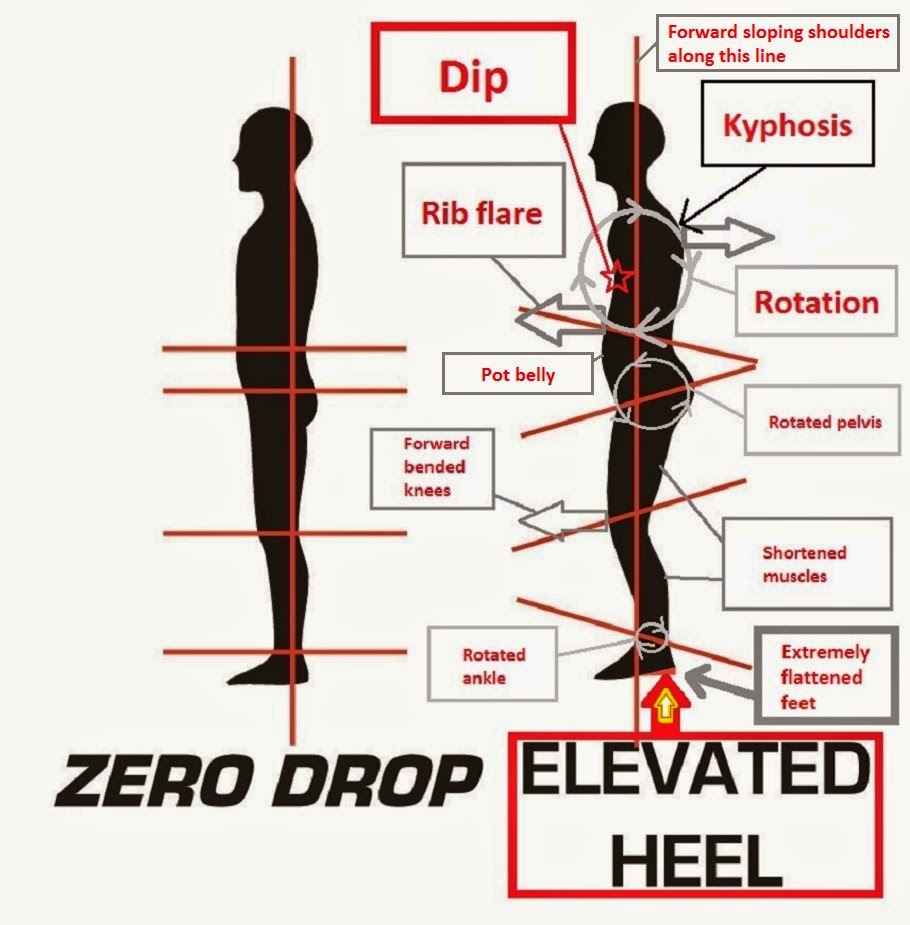1.
Posture correction for a few months (it will
lift the sternum quite rapidly according to my experience). I recommend to read
“Short quick Start Guide”.
2.
Continue with the above (point 1) and do some
exercises until the lowest part of the sternum is loosening up and a new way to
breathe occurs (this may take several months or around a year).
3.
The beginning of the end of the recovery which
includes a continuation of natural ergonomics, my latest sleeping strategy and
sporadic exercises if necessary.
After all, the ultimate goal is to come to an end with the
struggle against pectus excavatum. I have been thinking a lot lately, when I
should not care about it anymore. I have started to be willing to accept a mild
case. I must admit that my motivation have decreased dramatically mainly
because of two reasons:
1.
I am sure about what causes PE and hope that it
over time will lead to clinical studies based on my hard work so that people
becomes aware about its causes and future development of PE among humanity will
come to a minimum and of course a zero-vision is the ultimate thought.
2.
I have been fighting against difficulties with
the breathing process as long as I can remember and when it finally come to an
end it such a relief so a small dent don’t bother me in the same way it did
before. The physical aspects with PE is what have bothered me most and a
struggle against myths related to the condition. And not to mention the
complete unwillingness to care about it from a
Swedish-health-care-system-perspective. My struggle and my blog is the ultimate
revenge and a proof that an impossible mission can be completed (from some aspects). That is how I
view it.
Will I give up?
No. I will never give up. But the time has come to withdraw
the declaration of war against PE. For me MY battle is over. If my PE will
continue to improve, be so. But I am not willing to fight it the same way I did
in the past.
Will I continue with my blog?
Yes. I have a lot more to tell especially about my experience
in going to the gym. But also a lot of other things. After all, I will continue to develop new strategies and the site is under constant development.
